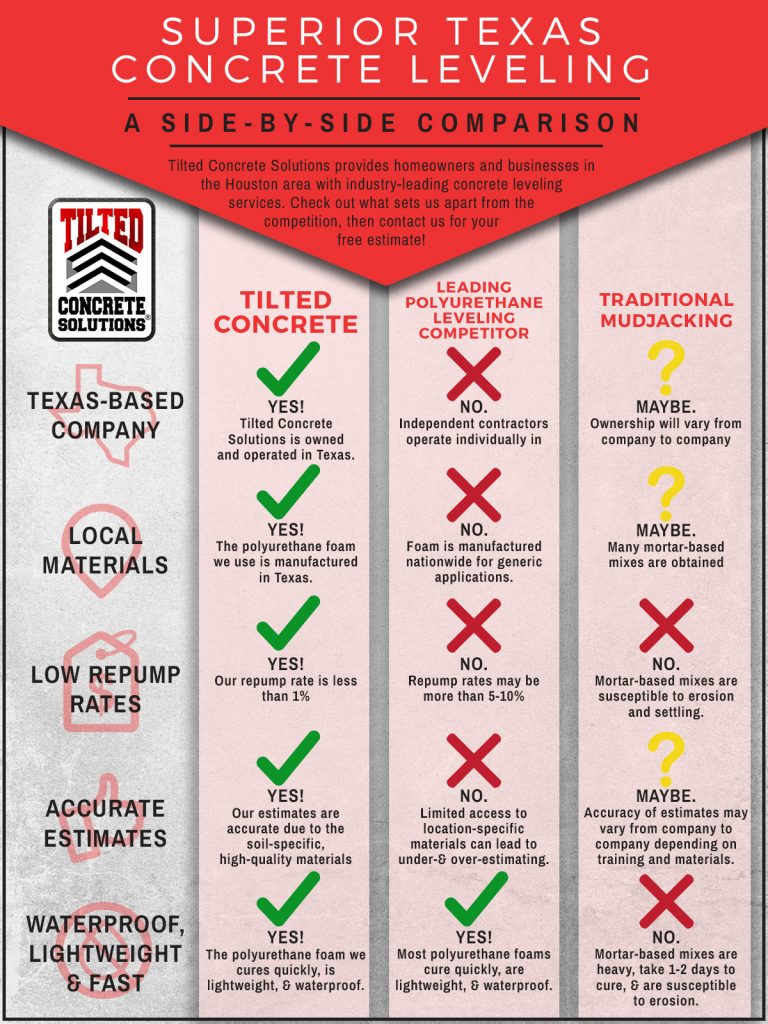Appreciate How Paint Methods Can Change Small Atmospheres, Introduction Techniques That Promote An Impression Of Higher Room
Appreciate How Paint Methods Can Change Small Atmospheres, Introduction Techniques That Promote An Impression Of Higher Room
Blog Article
Written By-
In the realm of interior design, the art of making the most of small areas via critical painting strategies provides an extensive opportunity to transform cramped areas right into visually extensive shelters. The careful selection of light color schemes and brilliant use of optical illusions can function marvels in developing the illusion of area where there appears to be none. By employing these methods judiciously, one can craft an atmosphere that opposes its physical borders, inviting a sense of airiness and openness that belies its real dimensions.
Light Shade Option
Selecting light shades for your paint can dramatically improve the illusion of space within your artwork. Light colors such as soft pastels, whites, and light grays have the capability to reflect more light, making a space feel even more open and airy. These shades develop a sense of expansiveness, making walls show up to recede and ceilings appear higher.
By using light colors on both wall surfaces and ceilings, you can obscure the borders of the space, giving the impression of a larger location.
In addition, light shades have the power to bounce natural and synthetic light around the area, lightening up dark corners and casting less shadows. This impact not just adds to the general spacious feeling however likewise produces a much more welcoming and lively environment.
When choosing light colors, take into consideration the touches to make sure harmony with various other aspects in the room. By purposefully incorporating light shades right into your paint, you can change a restricted space into a visually bigger and a lot more welcoming setting.
Strategic Trim Paint
When aiming to produce the illusion of area in your painting, strategic trim painting plays a vital role in specifying limits and boosting depth perception. By purposefully selecting the shades and coatings for trim work, you can successfully adjust how light engages with the area, eventually influencing just how large or little a space really feels.
To make a space show up larger, consider repainting the trim a lighter shade than the walls. This contrast develops a sense of depth, making the walls recede and the room really feel even more extensive.
On the other hand, painting the trim the exact same shade as the wall surfaces can develop a seamless appearance that blurs the edges, giving the illusion of a constant surface area and making the limits of the room much less specified.
Additionally, utilizing a high-gloss surface on trim can mirror much more light, further improving the assumption of space. Conversely, a matte surface can soak up light, producing a cozier ambience.
Meticulously thinking about these information when painting trim can considerably affect the total feeling and viewed dimension of a room.
Optical Illusion Techniques
Utilizing visual fallacy techniques in paint can properly change assumptions of depth and room within a given atmosphere. One common strategy is using slopes, where colors shift from light to dark tones. By using a lighter color at the top of a wall and gradually darkening it in the direction of all-time low, the ceiling can show up greater, developing a feeling of upright space. Conversely, painting Highly recommended Site than the walls can make it look like the room prolongs additionally than it actually does.
https://www.insider.com/diy-fail-interior-designer-painting-tips-dream-bedroom-home-renovation-2021-4 entails the critical positioning of patterns. Straight red stripes, for instance, can aesthetically expand a slim space, while vertical red stripes can lengthen an area. Geometric patterns or murals with perspective can additionally trick the eye right into viewing more depth.
Furthermore, including reflective surface areas like mirrors or metallic paints can jump light around the space, making it really feel more open and spacious. By masterfully using these optical illusion methods, painters can change little spaces right into aesthetically expansive areas.
Conclusion
In conclusion, tactical paint techniques can be used to make best use of small spaces and create the impression of a larger and a lot more open area.
By choosing light colors for wall surfaces and ceilings, utilizing lighter trim colors, and including visual fallacy methods, assumptions of deepness and size can be manipulated to transform a tiny room right into a visually larger and a lot more inviting atmosphere.
